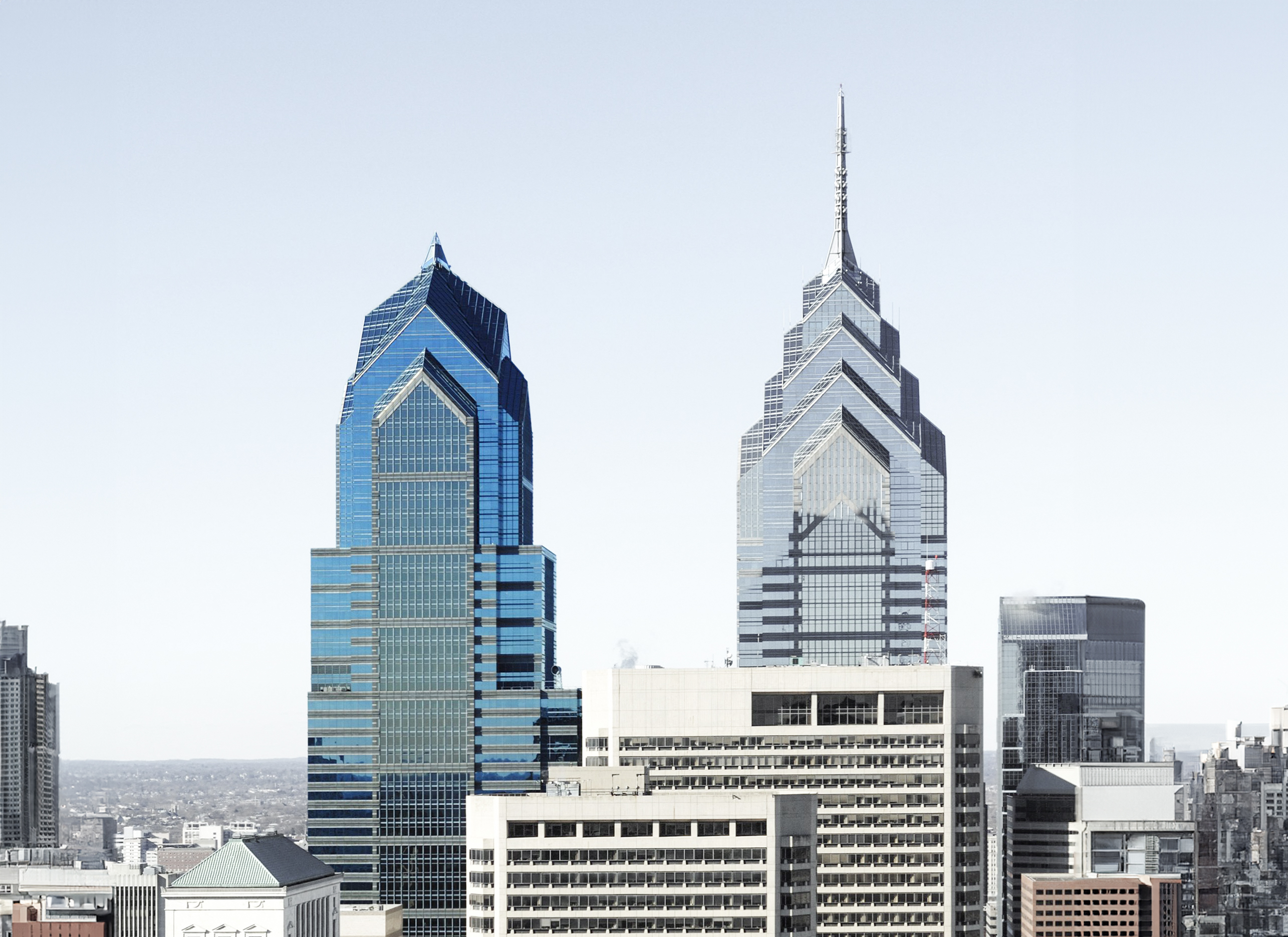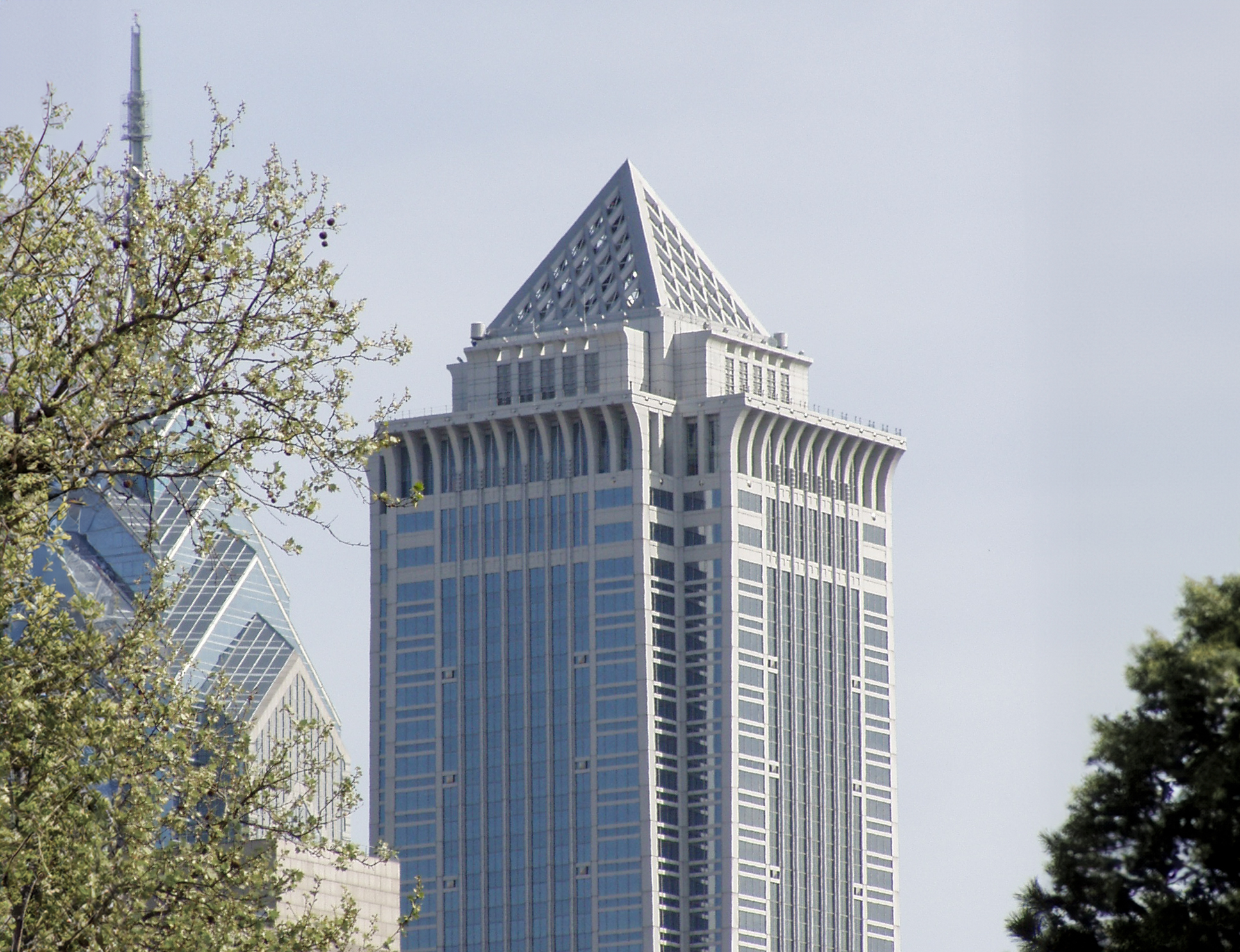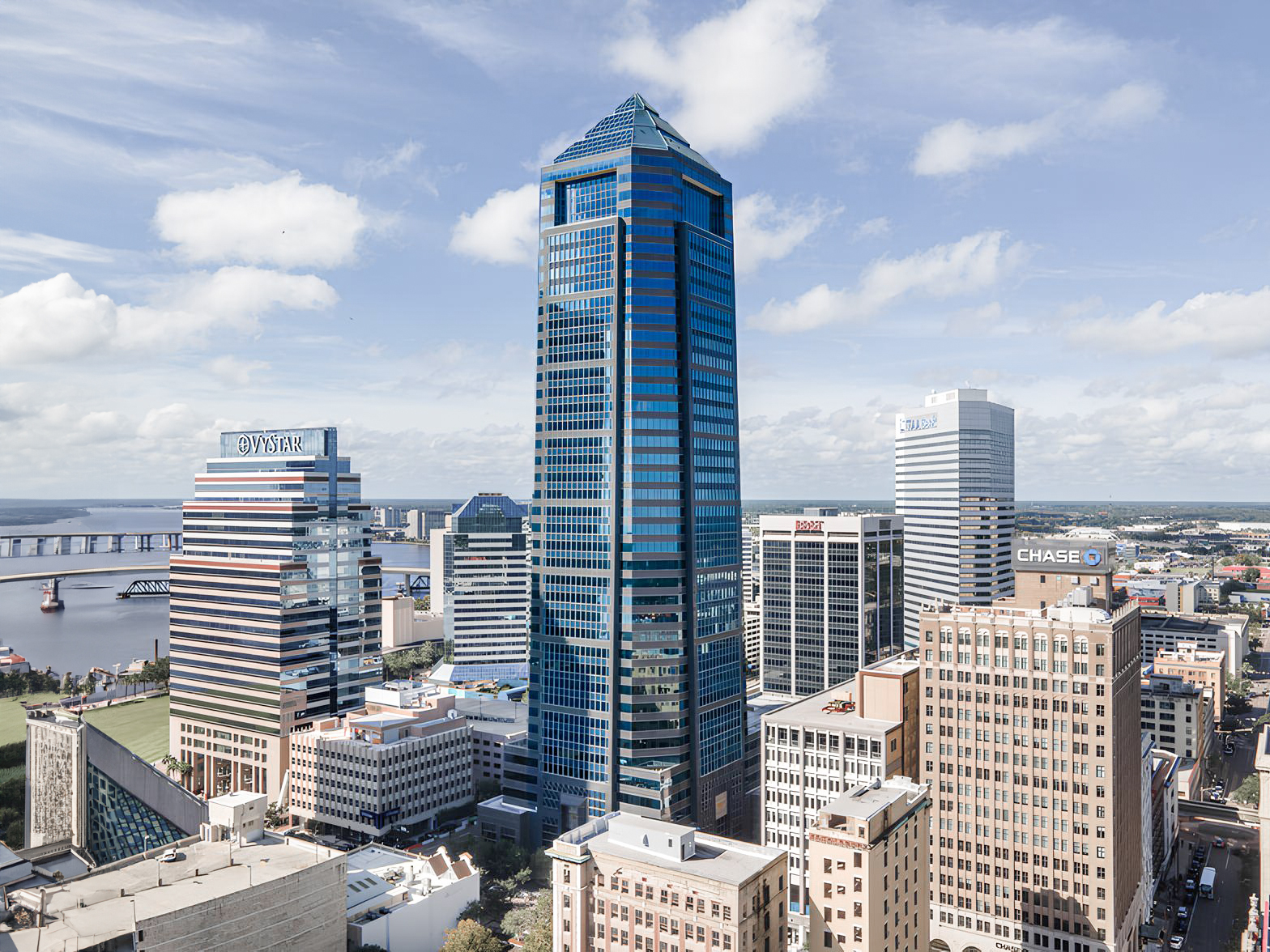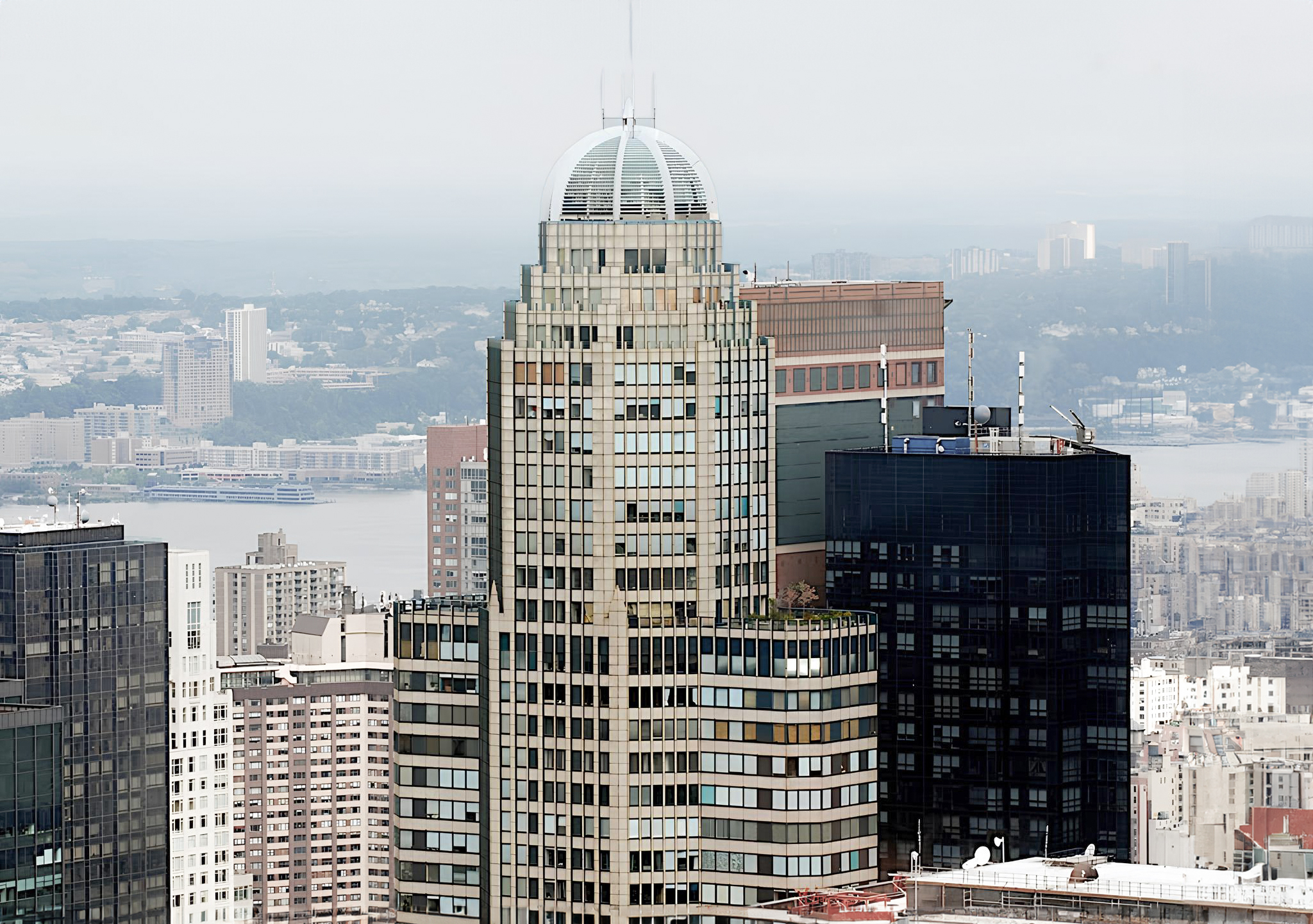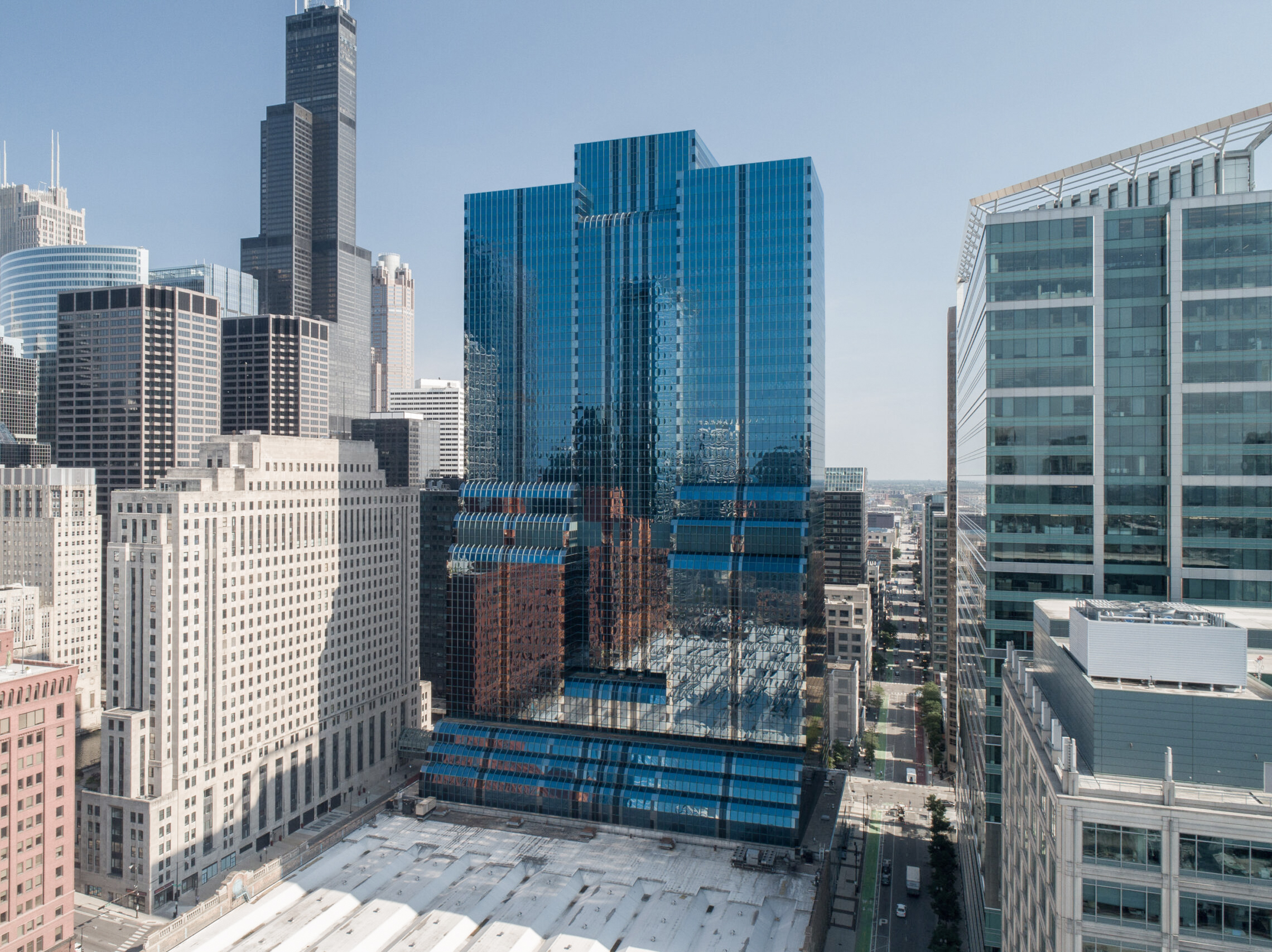The Two Liberty Place Building is a Postmodernist skyscraper designed by Murphy/Jahn Architects, with Helmut Jahn as lead architect, in association with Zeidler Partnership Architects, and built between 1988 and 1990 in Philadelphia, PA.
Its precise street address is 1601 Chestnut Street, Philadelphia, PA. You can also find it on the map here.
The Two Liberty Place, together with the One Liberty Place, the Shops at Liberty Place shopping mall and the Westin Philadelphia Hotel, make up the Liberty Place Complex.
The building underwent a major restoration between 2005 and 2008. The architect commissioned to undertake this restoration was Gensler.
